The Southern Alliance for Clean Energy has released Seasonal Electricity Demand in the Southeast, an analysis of demand data across Southeast utilities from 1998 to 2018.
The report looks at utilities across the 22 planning authorities designated by FERC in the Southeast, with most planning authorities being comprised of multiple utilities. The authorities’ seasonal peak was determined using three measures: prior-year seasonal peak forecast and actual hourly system load data.
Peak determination is important, as high levels of demand are associated with greater system reliability risks, which in turn drives investment in power generation and transmission and distribution systems.
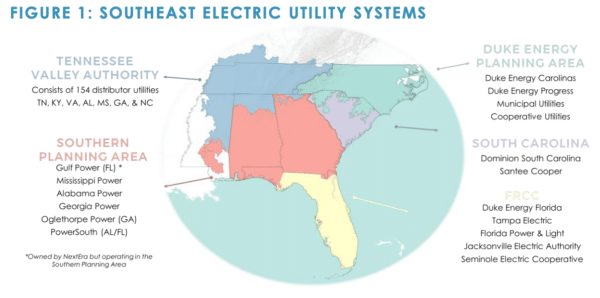
Using those aggregate measures, the researchers found that the Southeast’s peak electric load has shifted from a period of growth to decline and that it is now a dual peaking region, attributed to those declining summer peaks. Though the region as a whole was deemed dual peaking, individual utilities varied, as shown below.
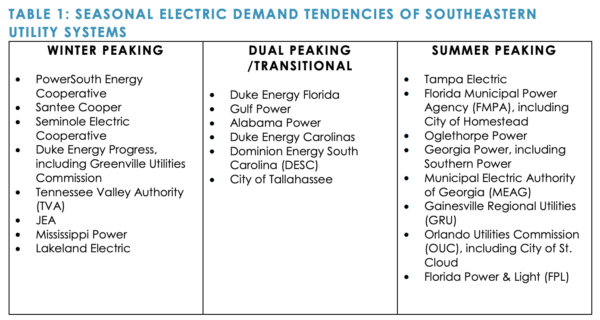
The researchers found that the region’s overall peak demand has been declining since at least 2010. It may be as early as 2008, but weather-driven variability makes assigning a specific date cloudy. In that same time span, the region’s summer peaks have been leveling out and falling, while the winter peaks have been rising. Over the majority of the study, winter peaks have averaged about 95% of the corresponding summer peak. Seven annual maximum peaks over the 20-year analysis happened in the winter, with five of those seven being in the last 10 years and the highest single peak recorded being a winter peak.
While winter peaks reach the same heights, they don’t have the same consistency as summer peaks. The researchers noted that only about 5% of peak hours occurred during the winter. Below, the researchers compared regional peak demand hours annually with those of Duke Energy Carolinas.
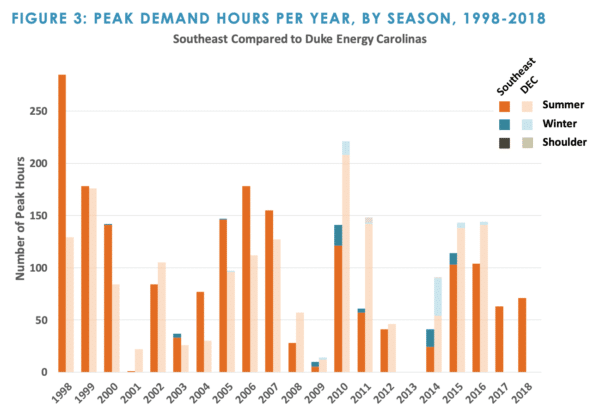
With the actual regional peak demand data in hand, the researchers turned towards what the utilities themselves projects as annual peaks over the study’s course. They found that Southeast utilities continue to overestimate future demand, which could result in the unnecessary acquisition of generation and transmission resources, ultimately costing the ratepayer. From 2011 to 2018, utilities overestimated regional demand by an average of 8%, though those overestimations declined in the latter half of the decade.
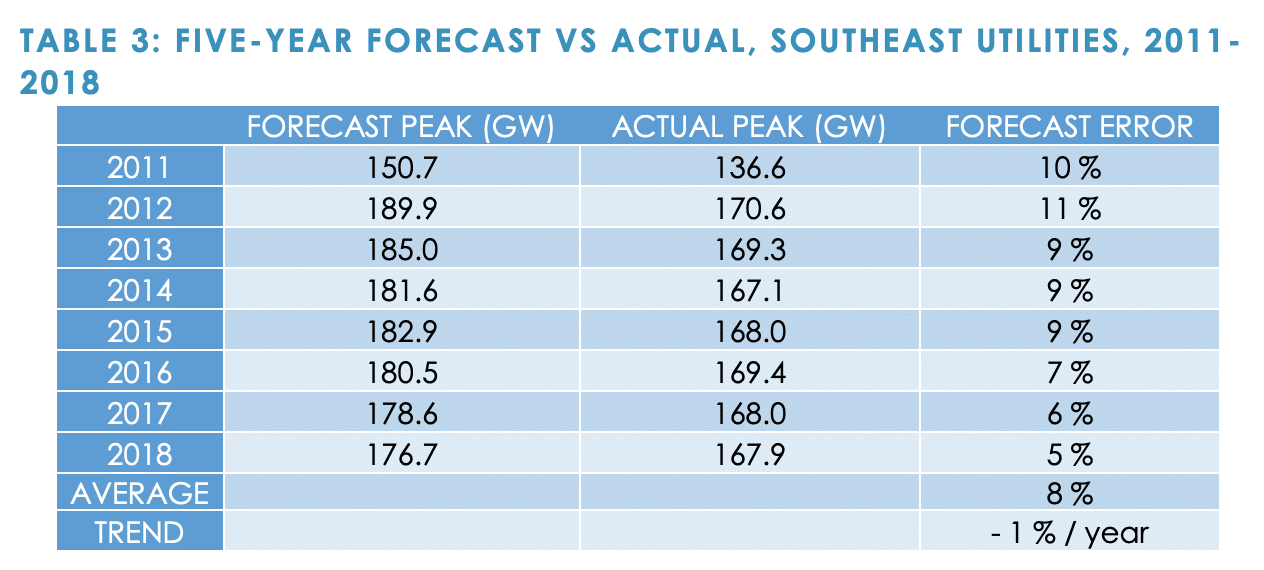
The analysis concludes that while the analysis gives an evaluation of the region as a whole, there has not been sufficient time since the 2008 Recession for definitive trends in seasonal electric demand to be established for individual utilities. Some have meaningful trends in summer demand present, but the same is not true of winter. The 2008 Recession is used as a benchmark for meaningful data, as energy consumption dropped by 1.6% following the event.
This content is protected by copyright and may not be reused. If you want to cooperate with us and would like to reuse some of our content, please contact: editors@pv-magazine.com.
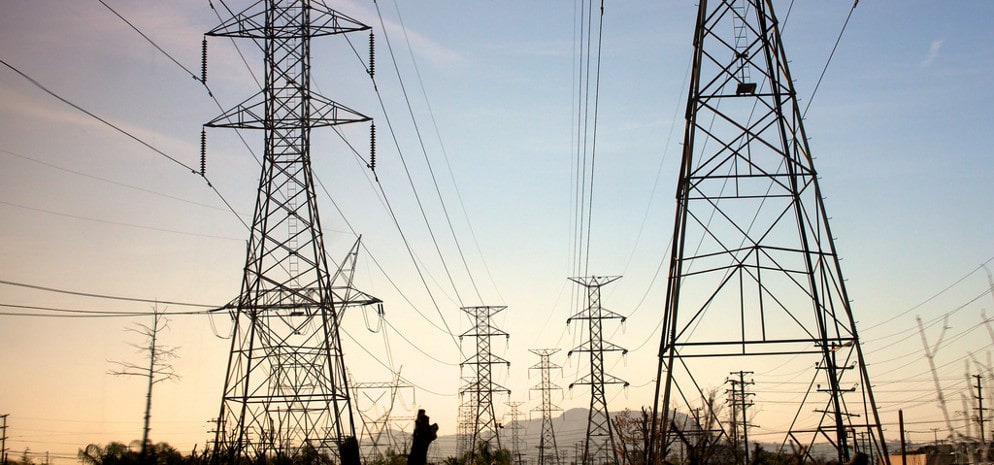








By submitting this form you agree to pv magazine using your data for the purposes of publishing your comment.
Your personal data will only be disclosed or otherwise transmitted to third parties for the purposes of spam filtering or if this is necessary for technical maintenance of the website. Any other transfer to third parties will not take place unless this is justified on the basis of applicable data protection regulations or if pv magazine is legally obliged to do so.
You may revoke this consent at any time with effect for the future, in which case your personal data will be deleted immediately. Otherwise, your data will be deleted if pv magazine has processed your request or the purpose of data storage is fulfilled.
Further information on data privacy can be found in our Data Protection Policy.